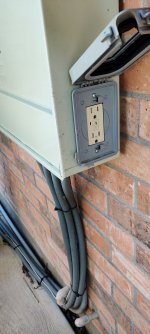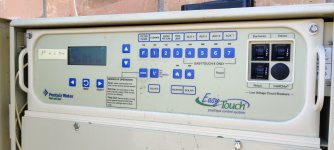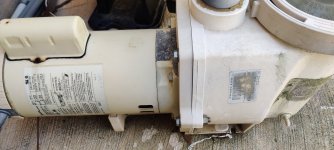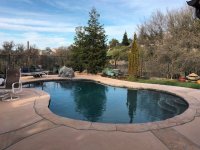I have what I believe is approximately 28k pool. Have been looking at circupool core55. I see it seems recommended size is "at least 2x".
1) So, would the core 55 work ok for 28k? I'm in Houston, so pretty brutal heat. Plus my neighbor has tons of trees that drop alot of stuff.
2) currently I use mix of pucks and liquid chlorine. Obviously, would no longer use pucks at all, but during mid summer, can I still on occasion use liquid chlorine for shock (ideally wouldn't even need to)?
3) I already use a lot of acid for ph. Will SWg increase acid use to keep pH down?
Thanks,
Bran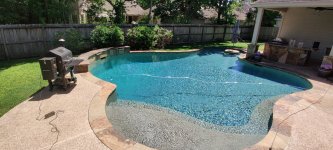
1) So, would the core 55 work ok for 28k? I'm in Houston, so pretty brutal heat. Plus my neighbor has tons of trees that drop alot of stuff.
2) currently I use mix of pucks and liquid chlorine. Obviously, would no longer use pucks at all, but during mid summer, can I still on occasion use liquid chlorine for shock (ideally wouldn't even need to)?
3) I already use a lot of acid for ph. Will SWg increase acid use to keep pH down?
Thanks,
Bran




